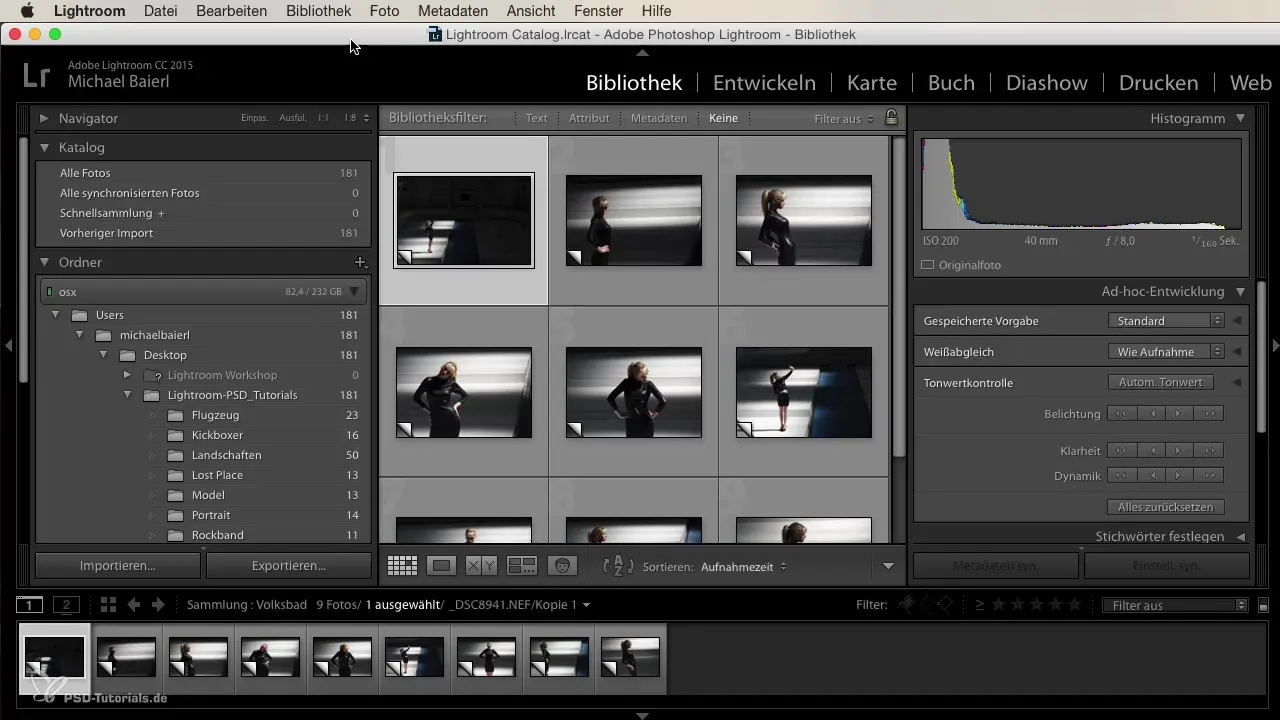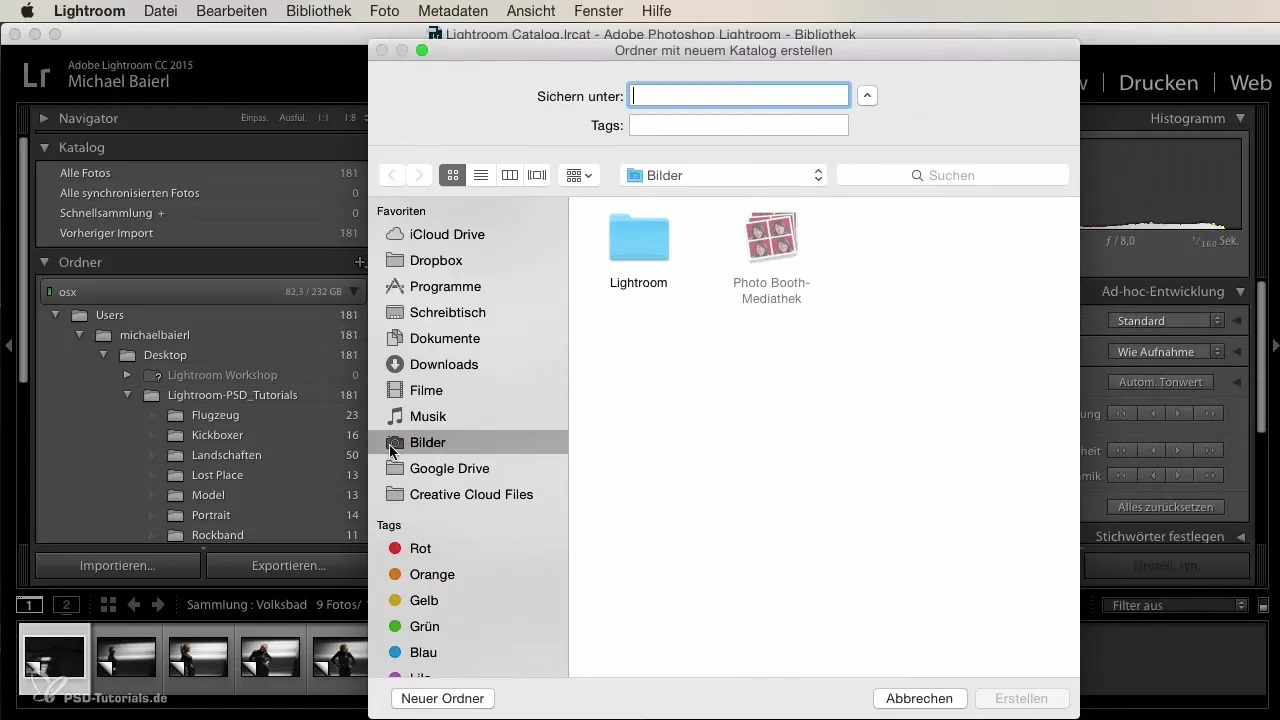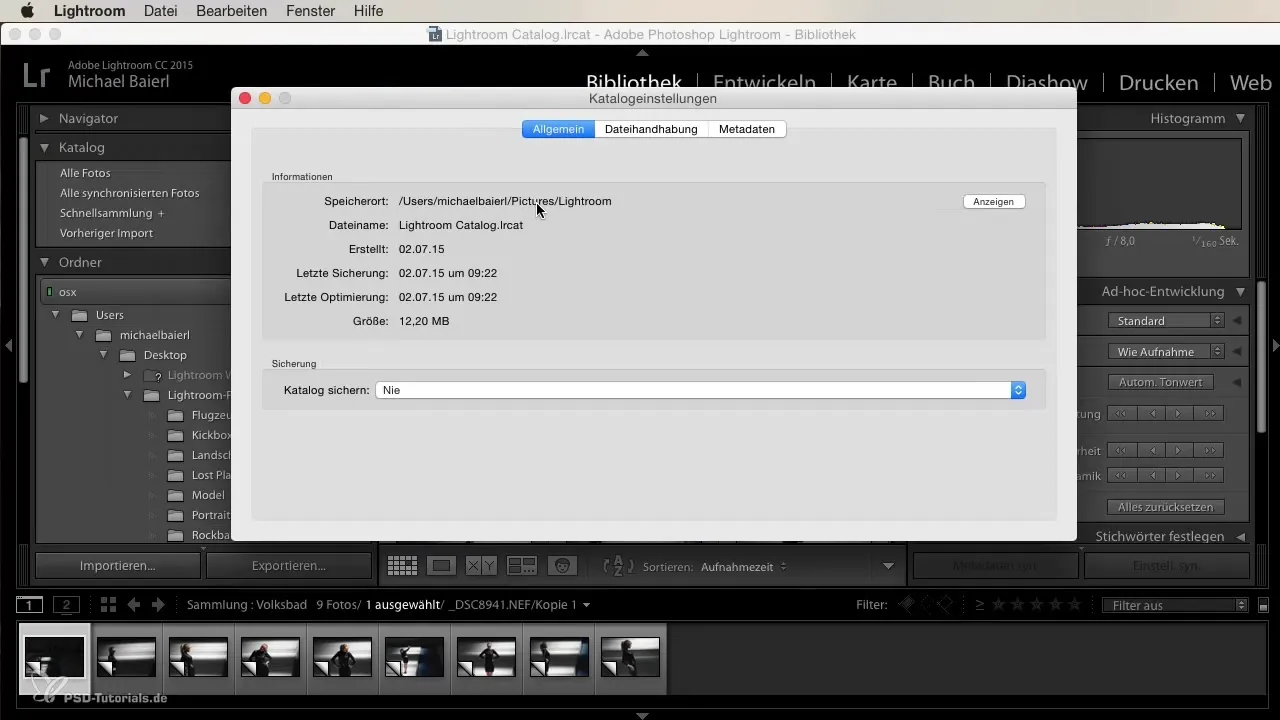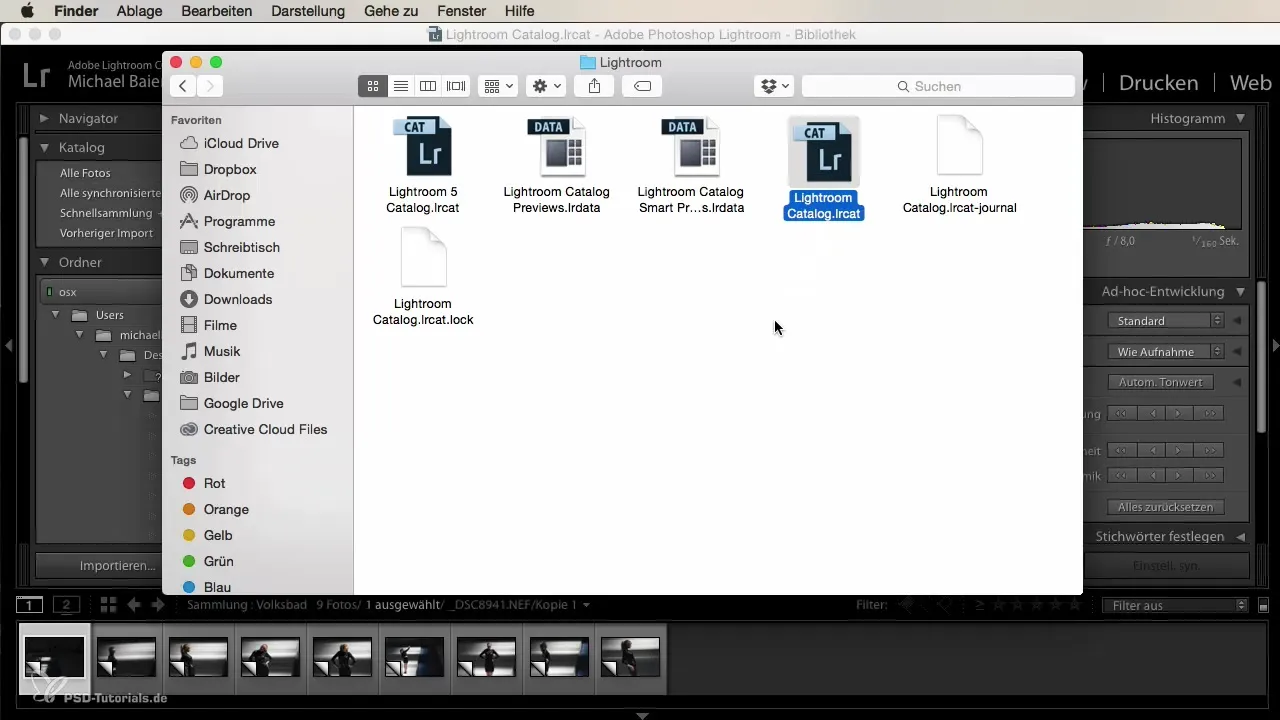You have imported pictures and organized them in Lightroom. But at some point, the catalog becomes confusing. In this guide, you will learn how to manage multiple catalogs efficiently manage. By creating specific catalogs for projects or years, you not only achieve a better overview but also ensure that Lightroom continues to run smoothly and quickly.
Key Insights
- You can create a separate catalog for each job or each year.
- By using catalogs, you can optimize the performance of Lightroom.
- Moving pictures between catalogs is simple and practical.
- You can easily find and share your catalog.
Create and Manage Catalogs
Creating a new catalog is simple. When you start Lightroom for the first time, a main catalog is automatically created. These files store all your pictures and metadata. However, to achieve more precise management, you should consider creating a separate catalog for each job or each year.

Personally, I recommend creating a catalog for each job. This way, you can send the catalog to your client via email. The client imports it into Lightroom and has instant access to your edits and metadata, such as the tagging of the images. This facilitates collaboration and access to specific materials for you and your client.
However, using only one catalog for many images can lead to slower software performance. Often, users attribute performance issues to the software itself or their operating system, but in many cases, it is simply because the catalog is too large. A catalog exceeding 5 GB can significantly impact the speed and responsiveness of Lightroom.
If you do not want to create a new catalog for each project, you can at least create a yearly catalog. For example, you could group all pictures from the year 2015 into one catalog. In the new year, you can then create a new catalog for 2016. This maintains clarity and allows you to easily import older images when needed.
Creating new catalogs is very easy through the “File” menu and “New Catalog.” A window will open where you can select the storage location. I recommend saving the catalogs in the Pictures folder. You will easily find the catalog files there again. You can name the new catalog something like “Catalog 2015 private.” Once created, the new catalog will appear in the list and will be available to you.

Once you have created your catalogs, moving images between these catalogs is straightforward. You can easily drag and drop the photos, saving you a lot of time and significantly simplifying the management of your images. If you want to transfer certain selected images from an older catalog to a new catalog, just mark them and drag them in.
If you ever forget where your catalog is located on the hard drive, you can track this via the catalog settings in Lightroom. Here you can see the path to your current catalog. It is also possible to quickly display the storage location so you can instantly send files from it or save them in an archive.

This straightforward methodology allows you not only to manage catalogs but also to organize and share them effectively. You can easily package your catalog in an email or archive it on an external hard drive or a NAS system.

Summary
You have now learned the basic steps to manage your catalogs in Lightroom. Catalogs are essential for maintaining an overview and optimizing the performance of Lightroom. By dividing them into different catalogs for projects or seasonal periods, you not only achieve better organization but also make sharing and archiving your work easier.
Frequently Asked Questions
How do I create a new catalog in Lightroom?Go to “File” and select “New Catalog.”
Where is the best place to save my catalogs?It is best to save them in the Pictures folder on your computer.
How can I move images between catalogs?You can easily move images by dragging and dropping them between the catalogs.
What do I do if I can't find my catalog?You can check the location of your catalog through the catalog settings in Lightroom.
How large should my Lightroom catalog be?A catalog over 5 GB can negatively affect the performance of Lightroom.


